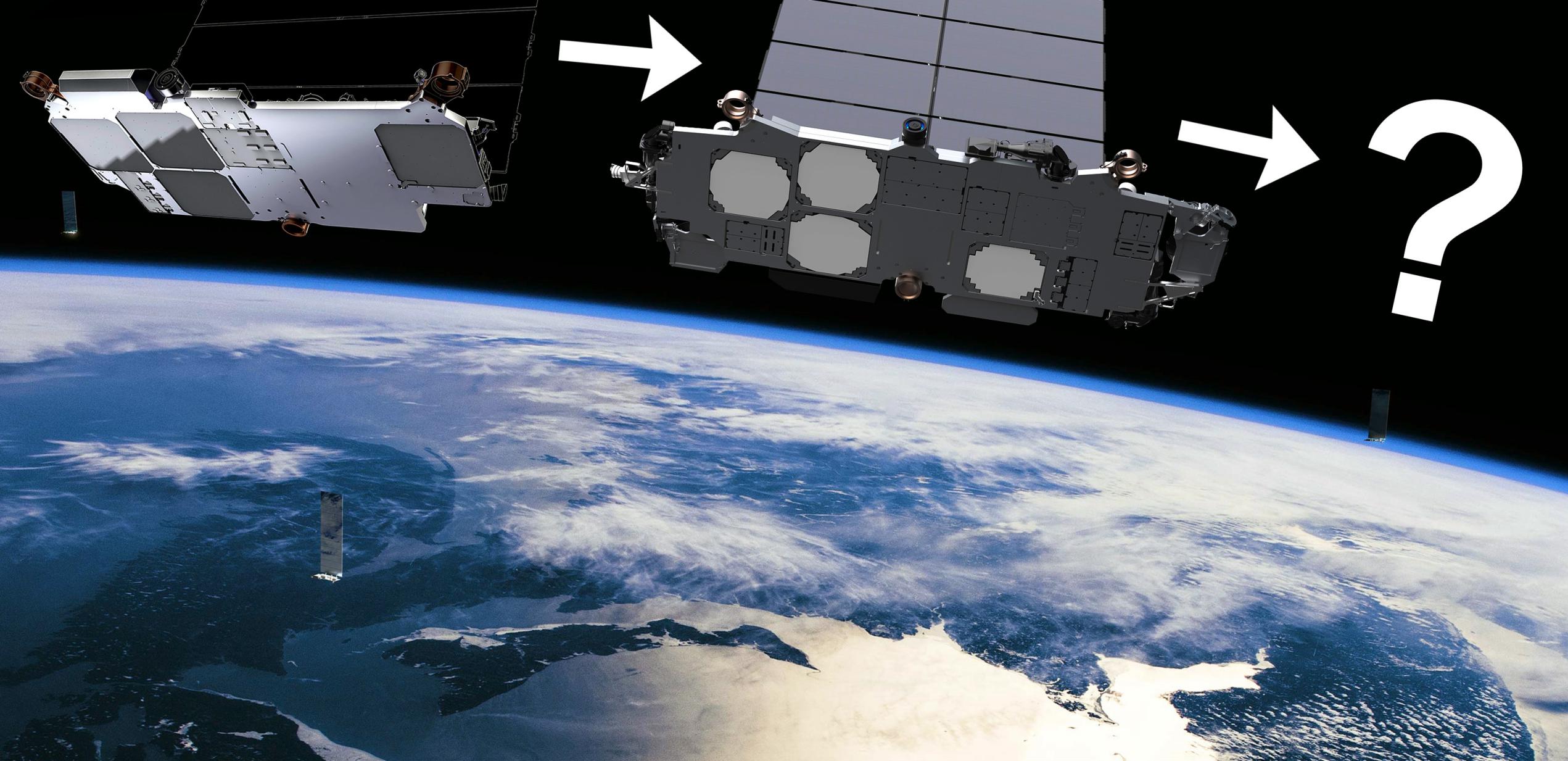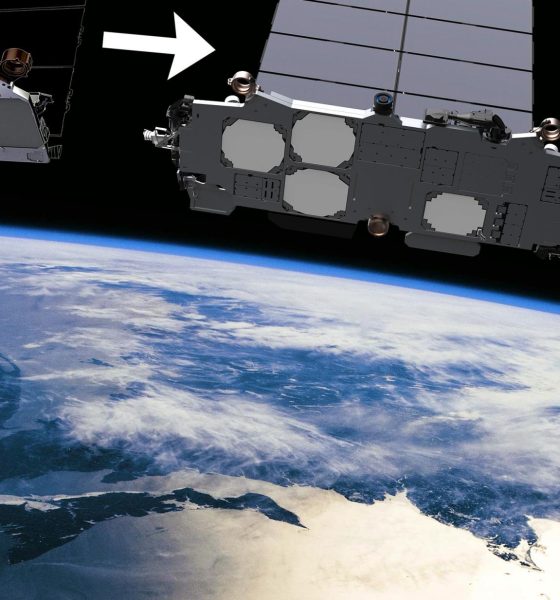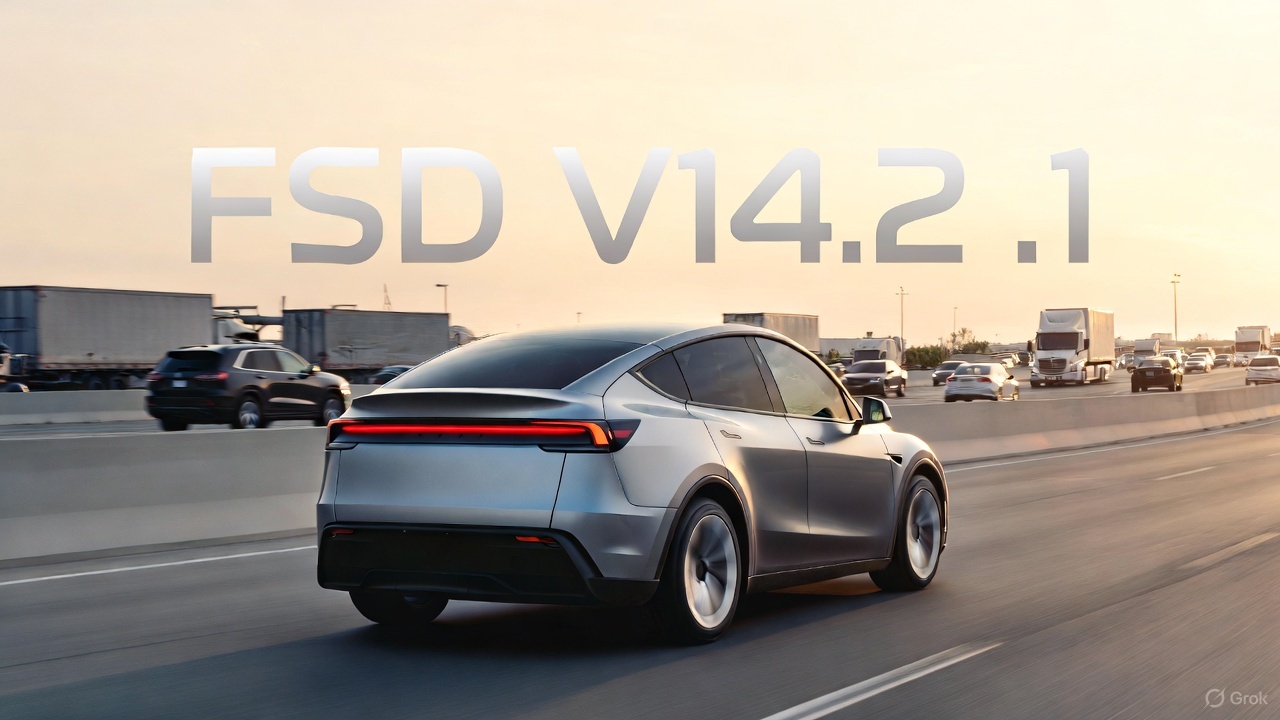

News
SpaceX “intends” to start launching next-generation Starlink satellites in March
In a new Q&A with the Federal Communications Commission (FCC), SpaceX says it still “plans” and “intends” to begin launching the next generation of Starlink satellites as early as March 2022.
In August 2021, SpaceX filed an application modification request with the FCC in a bid to change its plans for the next-generation “Gen2” Starlink constellation, which still aims to drastically improve and expand upon its first few phases. SpaceX filed the first unmodified Gen2 Starlink application with the FCC in May 2020, requesting permission to launch an unprecedented 30,000 satellites. While the size of the proposed constellation is extraordinary, the FCC has also been exceptionally slow to process it. Only five months after SpaceX submitted its Starlink Gen2 modification request and nineteen months after its original Gen2 application did the FCC finally accept it for filing, which means that it has taken more than a year and a half to merely start the official review process.
That extremely slow pace of work could pose problems for SpaceX’s characteristically ambitious deployment schedule.
In a January 7th, 2022 electronic filing in which SpaceX answered a dozen questions from the FCC, the company didn’t outright criticize the extreme sluggishness with which it was reviewing the application but the sentiment was still just below the surface throughout it. After noting that the FCC continues to ask for far more information from SpaceX than it does from other constellation applications, some of which have recently received licenses in spite of that, SpaceX states that it while it “filed its Gen2 Application more than nineteen months ago…and its Amendment nearly five months ago, they were accepted for filing only two weeks ago.”
It’s perhaps no coincidence that that inexplicable delay only came to an end two weeks after FCC Chairwoman Jessica Rosenworcel – who SpaceX notes recently acknowledged a “need to speed the processing of applications to keep pace with…innovation” – was finally confirmed by the US Senate.
Most importantly, though, SpaceX used its extensive Q&A to reveal that it downselected to one of the two similar constellation configurations proposed in its Gen2 application modification. Specifically, SpaceX says it will continue to develop Configuration 1 only, which is designed and organized to take full advantage of the company’s next-generation Starship launch vehicle. That should simplify the licensing process for many Starlink competitors, which have sought to hobble SpaceX’s application with bizarre requests to the FCC and complained ad nauseam about how much of a burden analyzing two potential constellation layouts was for them. Now they will only have to consider one constellation layout, making SpaceX’s Gen2 constellation a more traditional – if still massive – proposal.
Clearly lacking a great deal of self-awareness about the irony of such of a question, the FCC also saw fit to ask SpaceX for “any updates regarding the expected timing of launches for the Gen2 system.” The timing of Starlink Gen2 launches is obviously unequivocally contingent upon FCC approval more than 19 months after SpaceX first submitted an application for said approval. Nonetheless, SpaceX politely answered the question, revealing that it had “informed Commission staff before filing its Amendment” in August 2021 that it “plans to have Gen2 satellites prepared for launch as soon as March 2022” and “still intends to begin launching [Starlink Gen2 satellites] as early as March 2022.”
Many readers and industry followers interpreted this as an implicit claim that Starship will be ready to launch Starlink Gen2 satellites as early as March 2022 – just another of the company’s detached-from-reality schedule estimates, in other words. That’s simply not the case, though. While SpaceX does confirm that it’s settling on a Starlink Gen2 configuration that will explicitly depend upon Starship for the full 29,988-satellite constellation’s timely, cost-effective deployment, FCC deployment and operations licensing are almost inherently unconcerned with how the constellation gets into space. For example, the original Gen2 application SpaceX modified last August never mentioned which launch vehicle would be responsible for launching tens of thousands of satellites. So long as the rocket is compliant with FCC regulations and has an active permit for any given launch, which is also the responsibility of a different bureau, the FCC is effectively indifferent about which rockets launch a given constellation.
In other words, while SpaceX has made it clear that Starlink Gen2 Configuration 1 is optimized for Starship, SpaceX will be free to launch Gen2 satellites on any rocket it wants if or when the FCC approves the constellation. Assuming that Starlink Gen2 satellites will still be able to fit inside a 5.2m (17 ft) wide payload fairing, that includes Falcon 9. Further, in early 2018, the FCC allowed SpaceX to launch the first two Starlink satellite prototypes before it had issued the company a license for the full constellation, making it clear that with the right paperwork, prospective constellation operators can launch and test prototype satellites before their full constellations are approved.
This is to say that there is nothing theoretically preventing SpaceX from again pursuing permission to launch a few prototype Starlink satellites (this time Gen2) before the FCC has finished reviewing and approving the whole constellation. In fact, anything less would actually be surprising and unusual for the company. When SpaceX says in January 2022 that it plans to have Gen2 satellites ready for launch by March 2022, it’s thus not hard to believe that that’s the truth. Perhaps it will take a month or two longer than planned to complete the prototypes, secure temporary FCC approval, and build and license a new E-band ground station, but it’s still believable that SpaceX will be ready and able to launch the first few Starlink Gen2 satellites on Falcon 9 within the next several months. Above all else, unless SpaceX has explicitly designed Starlink Gen2 satellites such that they no longer fit inside a Falcon fairing, nothing is forcing SpaceX to wait for Starship if Gen2 prototypes are ready to launch before the next-gen rocket.
Given that Starship will have to wait until at least March 2022 for its first orbital test flight after FAA review delays, it’s obviously implausible that the rocket will be ready to launch Starlink prototypes by then. Starship S20 – currently said by CEO Elon Musk to be the first space-bound prototype – doesn’t even have a payload bay. Unless SpaceX wants to wait several more months after that to kick off the flight-testing phase of Starlink Gen2 development, it’s likely that the first few satellites will launch on Falcon 9 – either alongside routine Starlink V1.5 launches or on their own.

News
Tesla FSD V14.2.1 is earning rave reviews from users in diverse conditions
Tesla’s Full Self-Driving (Supervised) software continues its rapid evolution, with the latest V14.2.1 update drawing widespread praise.

Tesla’s Full Self-Driving (Supervised) software continues its rapid evolution, with the latest V14.2.1 update drawing widespread praise for its smoother performance and smarter decision-making.
Videos and firsthand accounts from Tesla owners highlight V14.2.1 as an update that improves navigation responsiveness, sign recognition, and overall fluidity, among other things. Some drivers have even described it as “more alive than ever,” hinting at the system eventually feeling “sentient,” as Elon Musk has predicted.
FSD V14.2.1 first impressions
Early adopters are buzzing about how V14.2.1 feels less intrusive while staying vigilant. In a post shared on X, Tesla owner @LactoseLunatic described the update as a “huge leap forward,” adding that the system remains “incredibly assertive but still safe.”
Another Tesla driver, Devin Olsenn, who logged ~600 km on V14.2.1, reported no safety disengagements, with the car feeling “more alive than ever.” The Tesla owner noted that his wife now defaults to using FSD V14, as the system is already very smooth and refined.
Adverse weather and regulatory zones are testing grounds where V14.2.1 shines, at least according to testers in snow areas. Tesla watcher Sawyer Merritt shared a video of his first snowy drive on unplowed rural roads in New Hampshire, where FSD did great and erred on the side of caution. As per Merritt, FSD V14.2.1 was “extra cautious” but it performed well overall.
Sign recognition and freeway prowess
Sign recognition also seemed to show improvements with FSD V14.2.1. Longtime FSD tester Chuck Cook highlighted a clip from his upcoming first-impressions video, showcasing improved school zone behavior. “I think it read the signs better,” he observed, though in standard mode, it didn’t fully drop to 15 mph within the short timeframe. This nuance points to V14.2.1’s growing awareness of temporal rules, a step toward fewer false positives in dynamic environments.
FSD V14.2.1 also seems to excel in high-stress highway scenarios. Fellow FSD tester @BLKMDL3 posted a video of FSD V14.2.1 managing a multi-lane freeway closure due to a police chase-related accident. “Perfectly handles all lanes of the freeway merging into one,” the Tesla owner noted in his post on X.
FSD V14.2.1 was released on Thanksgiving, much to the pleasant surprise of Tesla owners. The update’s release notes are almost identical to the system’s previous iteration, save for one line item read, “Camera visibility can lead to increased attention monitoring sensitivity.”
News
Tesla FSD Supervised ride-alongs in Europe begin in Italy, France, and Germany
The program allows the public to hop in as a non-driving observer to witness FSD navigate urban streets firsthand.

Tesla has kicked off passenger ride-alongs for Full Self-Driving (Supervised) in Italy, France and Germany. The program allows the public to hop in as a non-driving observer to witness FSD navigate urban streets firsthand.
The program, detailed on Tesla’s event pages, arrives ahead of a potential early 2026 Dutch regulatory approval that could unlock a potential EU-wide rollout for FSD.
Hands-Off Demos
Tesla’s ride-along invites participants to “ride along in the passenger seat to experience how it handles real-world traffic & the most stressful parts of daily driving, making the roads safer for all,” as per the company’s announcement on X through its official Tesla Europe & Middle East account.
Sign-ups via localized pages offer free slots through December, with Tesla teams piloting vehicles through city streets, roundabouts and highways.
“Be one of the first to experience Full Self-Driving (Supervised) from the passenger seat. Our team will take you along as a passenger and show you how Full Self-Driving (Supervised) works under real-world road conditions,” Tesla wrote. “Discover how it reacts to live traffic and masters the most stressful parts of driving to make the roads safer for you and others. Come join us to learn how we are moving closer to a fully autonomous future.”
Building trust towards an FSD Unsupervised rollout
Tesla’s FSD (Supervised) ride-alongs could be an effective tool to build trust and get regular car buyers and commuters used to the idea of vehicles driving themselves. By seating riders shotgun, Tesla could provide participants with a front row seat to the bleeding edge of consumer-grade driverless systems.
FSD (Supervised) has already been rolled out to several countries, such as the United States, Canada, Australia, New Zealand, and partially in China. So far, FSD (Supervised) has been received positively by drivers, as it really makes driving tasks and long trips significantly easier and more pleasant.
FSD is a key safety feature as well, which became all too evident when a Tesla driving on FSD was hit by what seemed to be a meteorite in Australia. The vehicle moved safely despite the impact, though the same would likely not be true had the car been driven manually.
News
Swedish union rep pissed that Tesla is working around a postal blockade they started
Tesla Sweden is now using dozens of private residences as a way to obtain license plates for its vehicles.

Two years into their postal blockade, Swedish unions are outraged that Tesla is still able to provide its customers’ vehicles with valid plates through various clever workarounds.
Seko chairman Gabriella Lavecchia called it “embarrassing” that the world’s largest EV maker, owned by CEO Elon Musk, refuses to simply roll over and accept the unions’ demands.
Unions shocked Tesla won’t just roll over and surrender
The postal unions’ blockade began in November 2023 when Seko and IF Metall-linked unions stopped all mail to Tesla sites to force a collective agreement. License plates for Tesla vehicles instantly became the perfect pressure point, as noted in a Dagens Arbete report.
Tesla responded by implementing initiatives to work around the blockades. A recent investigation from Arbetet revealed that Tesla Sweden is now using dozens of private residences, including one employee’s parents’ house in Trångsund and a customer-relations staffer’s home in Vårby, as a way to obtain license plates for its vehicles.
Seko chairman Gabriella Lavecchia is not pleased that Tesla Sweden is working around the unions’ efforts yet again. “It is embarrassing that one of the world’s largest car companies, owned by one of the world’s richest people, has sunk this low,” she told the outlet. “Unfortunately, it is completely frivolous that such a large company conducts business in this way.”
Two years on and plates are still being received
The Swedish Transport Agency has confirmed Tesla is still using several different workarounds to overcome the unions’ blockades.
As noted by DA, Tesla Sweden previously used different addresses to receive its license plates. At one point, the electric vehicle maker used addresses for car care shops. Tesla Sweden reportedly used this strategy in Östermalm in Stockholm, as well as in Norrköping and Gothenburg.
Another strategy that Tesla Sweden reportedly implemented involved replacement plates being ordered by private individuals when vehicles change hands from Tesla to car buyers. There have also been cases where the police have reportedly issued temporary plates to Tesla vehicles.









